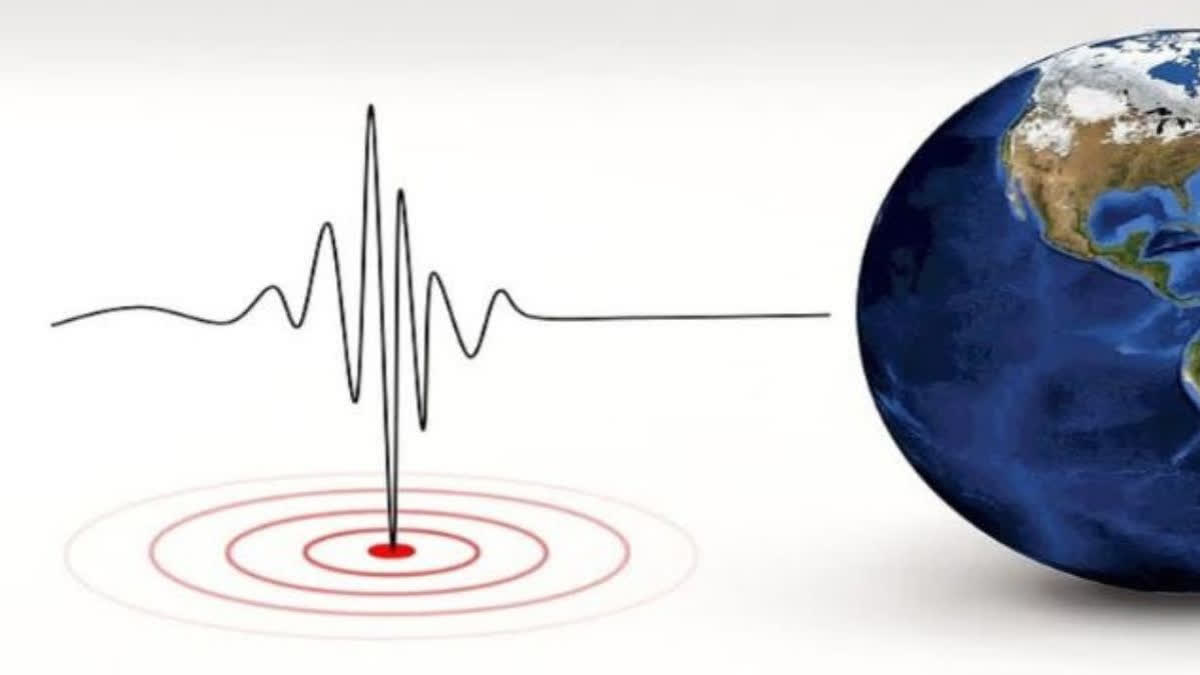Lucknow/Dehradun/ New Delhi: Late on Friday, a powerful earthquake with a magnitude of 6.4 struck Nepal, leading to widespread panic and devastation in northern India, including Delhi, Uttar Pradesh, Uttarakhand and Bihar. The tremors, lasting over a minute, prompted residents to flee their homes and seek safety on the streets. The disaster has already claimed at least 128 lives, and authorities anticipate the death toll to rise as the full extent of the damage becomes clear.
The earthquake's epicentre was located in Nepal, with a depth of 10 kilometres, according to the National Centre for Seismology. This seismic event sent shockwaves across the region, causing widespread fear and anxiety among the affected populations.
The impact on northern India
The northern regions of India, particularly the Delhi-National Capital Region (NCR), experienced the tremors of this devastating earthquake. The earthquake's intensity was measured at 6.4 on the Richter scale, underscoring the significant impact it had on the affected areas.
In addition to the tragic loss of life, numerous individuals suffered injuries as a result of the earthquake. The quake shook several districts in Uttarakhand, leading to panic among residents. Reports of tremors were widespread, affecting areas like Udham Singh Nagar, Dehradun, Kashipur, Bageshwar, Pithoragarh, and Almora. To ensure their safety, people fled their homes at the height of the disaster.
Uttarakhand's vulnerability to earthquakes
Geologists have long recognised Uttarakhand as a region susceptible to earthquakes, repeatedly issuing warnings to the local population. Residents still remember the devastation caused by previous earthquakes in the area, such as the tragic events in Uttarkashi and Chamoli, where numerous lives were lost.
In Pithoragarh's Malpa village, a devastating landslide occurred on August 18, 1998, claiming the lives of 225 people. This tragic event wiped out the entire village, and among the victims were 55 Mansarovar pilgrims.
In 1999, a powerful earthquake measuring 6.8 on the Richter scale shook Chamoli, leading to the loss of one hundred lives and widespread destruction of homes.
Another devastating earthquake, registering 6.6 on the Richter scale, struck Uttarkashi in 1991, resulting in the deaths of 768 people and over 5,000 injuries. The region's history of seismic activity underscores the ongoing threat of earthquakes in this sensitive area.
Panic in Meerut
The earthquake's effects were also felt in Meerut, where residents experienced tremors with an intensity of 6.4 on the Richter scale. These tremors persisted for approximately twenty seconds, prompting people to flee their homes and seek refuge on the streets. The intensity of the earthquake can be gauged from the fact that its tremors were felt in many districts of Delhi NCR and Purvanchal including the capital Lucknow.
Recent earthquake activity
Remarkably, just one month after a significant earthquake on October 3, another powerful earthquake struck the capital, Lucknow, on November 3 at approximately 11:34 pm. This recent earthquake was similar to the previous one, with the earth trembling twice within a minute. This sequence of seismic activity has raised alarm among the local population.
The earthquake that struck Nepal had far-reaching consequences in northern India, particularly in Delhi, Uttar Pradesh, and Bihar. It’s devastating impact, loss of life, and widespread fear underscore the urgent need for preparedness and awareness in earthquake-prone regions like Uttarakhand. The seismic activity in this region serves as a stark reminder of the ever-present threat of earthquakes in vulnerable areas and the importance of geologists' ongoing vigilance and warnings.
Also Read: 128 dead in Nepal earthquake; India stands in solidarity with victims, says PM Modi
Also Read: Prime Minister Narendra Modi expresses solidarity with Nepal after deadly earthquake



